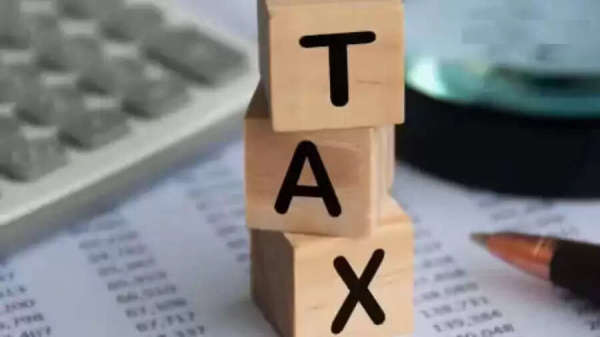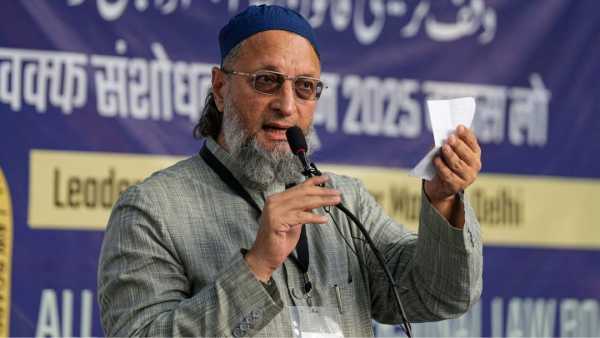The Decision Support System (DSS), which is currently the only source apportionment tool being used to assess the contribution of various pollution sources to Delhi’s PM2.5 levels, is struggling this season to provide accurate estimates of the impact of stubble burning on the capital’s air, ToI reported. In recent days, DSS projected that farm fires would account for more than 30% of the city’s particulate load. However, when matched with actual fire incidents recorded on those days, the contribution stayed under 10%.
The DSS was developed for the Union earth sciences ministry and is operated by the Indian Institute of Tropical Meteorology (IITM) in Pune. The system calculates its next-day estimate by using satellite detections of farm fires recorded during the afternoon. These counts are converted into emissions and then run through the DSS model to generate a pollution contribution forecast. “If the fires occur after the satellite's pass time of 2.30pm, they are missed, and we won't be able to estimate accurately,” an official familiar with how the model functions told ToI.
The official said that the behaviour of crop-burning this year appears to differ from earlier seasons, which could also be influencing the reduced share. Later in the day, DSS updates its estimate using fire counts available up to 5pm, after which it publishes a revised contribution assessment.
This week, the model showed a 0% contribution from stubble burning, although the fire count data for the day had not been released. An IITM official said, “We are checking whether there were technical issues with the fire counts received from the satellite on Sunday.” The official added that fires had not reached their seasonal peak yet, which could further account for the lower numbers. Last year, the single-day peak contribution stood at 35.1% on November 1, similar to 2022. The figure was 48% in 2021.
DSS also calculates emissions from 19 towns across the NCR, but the tool has faced recurring concerns over reliability and data gaps. The system was brought into operation on October 5 ahead of the winter pollution period, but it is still using an emissions inventory from 2021. Officials acknowledge that this is affecting the precision of its estimates.
The Commission for Air Quality Management (CAQM) had raised the same issue last year and sought adjustments to improve the system’s accuracy. For a period between November 29 and December 9 last year, the DSS data was unavailable before being restored. CAQM had said that while DSS would continue to release source contribution data, the numbers would not be relied upon for enforcement or decision-making because the baseline emissions inventory is outdated.
An emissions inventory provides a picture of pollutants released from different sources over a defined region and time. Experts say that when such inventories are not updated and are combined with current weather variables, the end result can be large errors in source estimation.
The DSS was developed for the Union earth sciences ministry and is operated by the Indian Institute of Tropical Meteorology (IITM) in Pune. The system calculates its next-day estimate by using satellite detections of farm fires recorded during the afternoon. These counts are converted into emissions and then run through the DSS model to generate a pollution contribution forecast. “If the fires occur after the satellite's pass time of 2.30pm, they are missed, and we won't be able to estimate accurately,” an official familiar with how the model functions told ToI.
The official said that the behaviour of crop-burning this year appears to differ from earlier seasons, which could also be influencing the reduced share. Later in the day, DSS updates its estimate using fire counts available up to 5pm, after which it publishes a revised contribution assessment.
This week, the model showed a 0% contribution from stubble burning, although the fire count data for the day had not been released. An IITM official said, “We are checking whether there were technical issues with the fire counts received from the satellite on Sunday.” The official added that fires had not reached their seasonal peak yet, which could further account for the lower numbers. Last year, the single-day peak contribution stood at 35.1% on November 1, similar to 2022. The figure was 48% in 2021.
DSS also calculates emissions from 19 towns across the NCR, but the tool has faced recurring concerns over reliability and data gaps. The system was brought into operation on October 5 ahead of the winter pollution period, but it is still using an emissions inventory from 2021. Officials acknowledge that this is affecting the precision of its estimates.
The Commission for Air Quality Management (CAQM) had raised the same issue last year and sought adjustments to improve the system’s accuracy. For a period between November 29 and December 9 last year, the DSS data was unavailable before being restored. CAQM had said that while DSS would continue to release source contribution data, the numbers would not be relied upon for enforcement or decision-making because the baseline emissions inventory is outdated.
An emissions inventory provides a picture of pollutants released from different sources over a defined region and time. Experts say that when such inventories are not updated and are combined with current weather variables, the end result can be large errors in source estimation.





